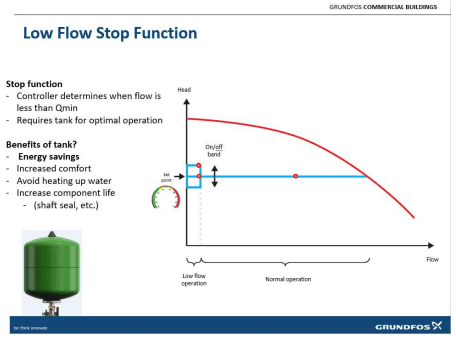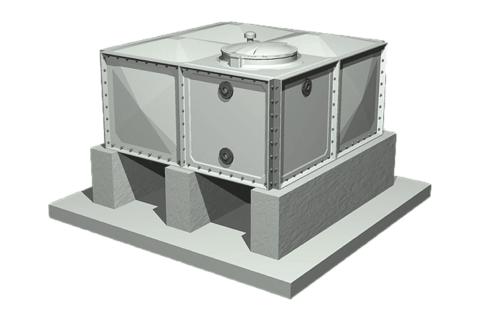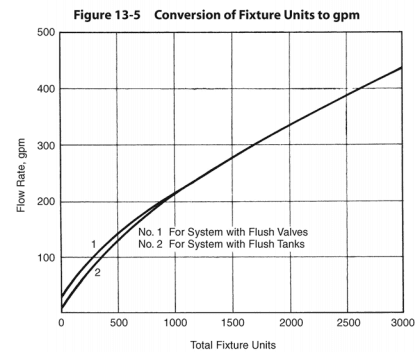In the city of Houston, we’ve had two major interruptions in water supply in the last 18 months. Unfortunately for many buildings, they didn’t find out until their tank and piping were dry and it was too late to act.
With a Level Control Panel from Cougar USA, you can monitor incoming city water pressure and receive an alarm as soon as the pressure drops, giving you time to conserve water and warn patients, tenants, and guests of the situation.
Monitor City Pressure on Fill Stations Tech Talk Transcript:
Hi I’m Tim Zacharias, with Cougar USA. In this Tech Talk, we’re going to cover Monitoring City Pressure on your fill station so when you have a flooded suction application, like in the city of Houston, where we have the code requirement to go through an atmosphere storage tank, like this before your booster pumps.





